All eyes were on the headline economic growth figure in the national accounts released on Wednesday, which shows the first quarter of negative growth since 2011. Despite the government claiming that the economy was in good health before COVID-19 arrived in Australia, upsetting 29 years of continuous economic growth, the truth is that the economy has been in the doldrums for quite some time.
Long before the lockdown measures to prevent the spread of COVID-19 were introduced, private sector wages were stagnant, job creation was at a crawl and there were fewer businesses per capita compared with a decade ago. Underemployment, where workers have a job but not enough hours, has been steadily rising and has not been below eight per cent at any time in the past six years. Youth unemployment, which spiked to almost 20 per cent in the wake of the 1990-91 recession and steadily trended down to 7.6 per cent in August 2008, has averaged 12.1 per cent since the global financial crisis.
These are signs of a sick economy with weak foundations. While the political class like to boast about economic abstractions that support their narrative, like GDP growth, this means little to ordinary Australians who are struggling to find work, or to get a pay rise to save for their first home.
Looking past the headline figure of the economy contracting by 0.3 per cent, the national accounts released by the Australian Bureau of Statistics offer some insight into Australia’s economic malaise.
Australia is experiencing the longest-run decline in new private sector business investment on record. For almost seven years, business investment has been trending downward. And the only reason that the trend didn’t start earlier is that the mining boom offset declining investment seen elsewhere in the economy.
The Morrison government has consistently failed to mention that along with a record streak of economic growth, they were overseeing a record decline in business investment. In the first three months of 2020 business investment fell to 10.8 per cent of GDP. For context, the lowest level ever recorded was 10.2 per cent of GDP following the 1990-91 recession, and the average level during the economically-hostile Whitlam years was 13.7 per cent of GDP.
This is a serious structural issue. Business investment is what creates more and higher-paying jobs and improves productivity. There will be no economic recovery without improved business investment.
There is plenty the Morrison government can do to address this issue.
For a start, they should cut red and green tape and slash the company tax rate.
Red tape costs $176 billion each and every year, according to Institute of Public Affairs research. Every dollar spent on this excessive burden is diverted away from productive uses, such as hiring a new employee or investing in new equipment. And as IPA research published earlier this year has shown, green tape has put at risk over $65 billion of investment since the year 2000. The red and green tape burden is self-inflicted economic harm Australia can no longer afford.
Australia has the second-highest business tax rate in the OECD at 30 per cent, well above the average rate of 23.6 per cent across the group of 37 countries. An internationally-competitive business tax rate below 20 per cent will attract business investment, which leads to more jobs and higher wages. And lowering the tax rate will reward entrepreneurial Australians who put everything on the line to start a small business, which will be vital in the post-lockdown economy where private sector business creation will lead the recovery.
As the job-crushing lockdown restrictions are eased, policy settings need to be geared towards creating a prosperous and dynamic economy. This means unleashing the private sector, which is responsible for about 80 per cent of economic activity. Getting Australians back into work is the number one priority, and only the private sector can do this.
Cian Hussey is a Research Fellow at the Institute of Public Affairs. Join as a member at www.ipa.org.au.
Got something to add? Join the discussion and comment below.
Got something to add? Join the discussion and comment below.
Get 10 issues for just $10
Subscribe to The Spectator Australia today for the next 10 magazine issues, plus full online access, for just $10.

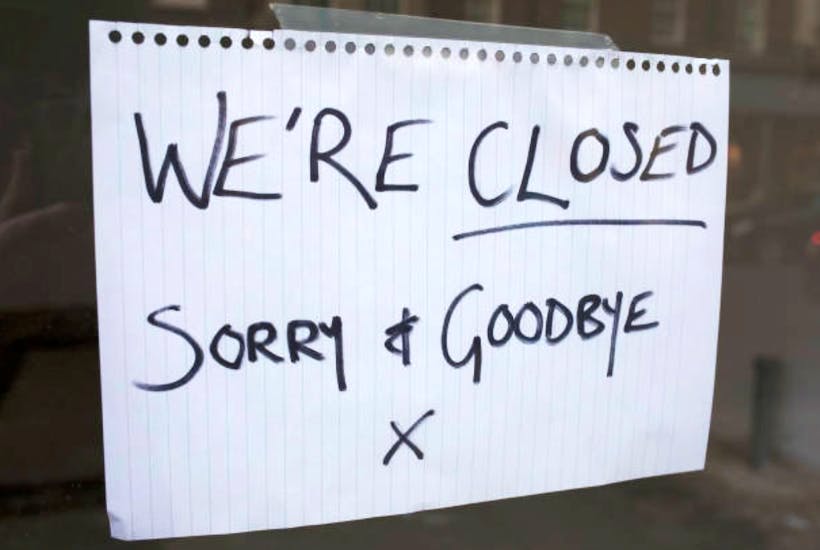
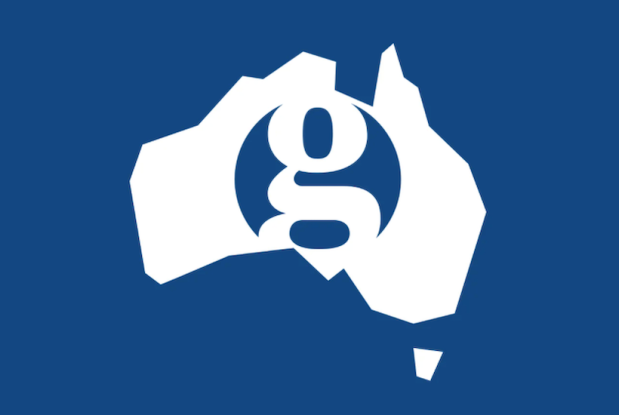
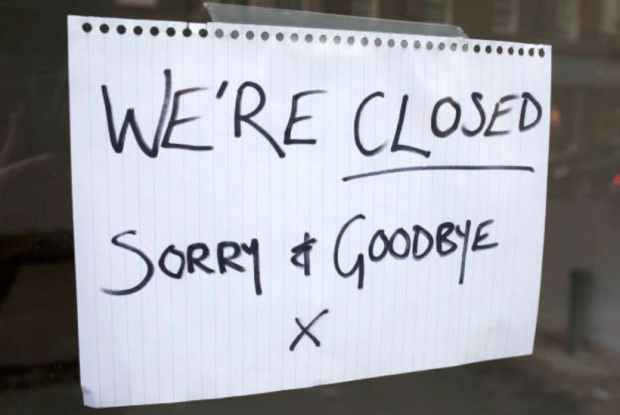
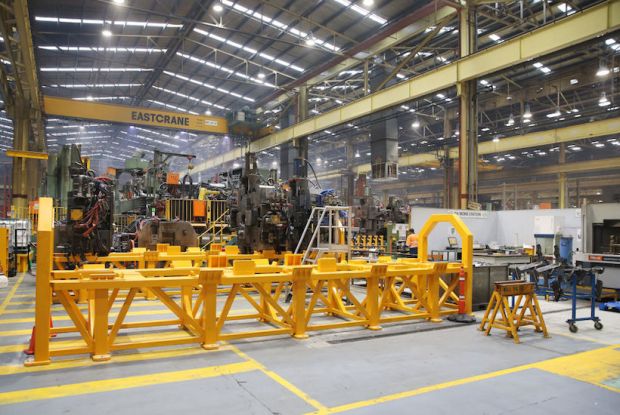
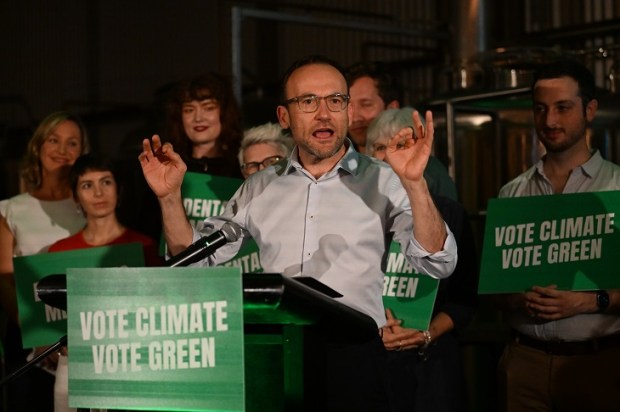




















Comments
Don't miss out
Join the conversation with other Spectator Australia readers. Subscribe to leave a comment.
SUBSCRIBEAlready a subscriber? Log in